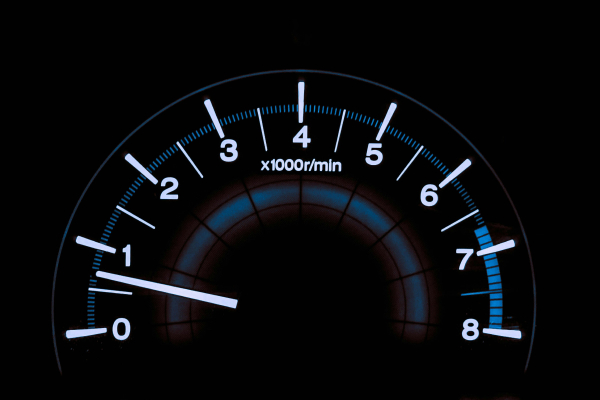Adaptive Cruise Control – What's That?

You’ve heard of cruise control, of course.
But what is Adaptive Cruise Control and what has it got to do with you and the journeys you make? More than you probably realise.
Adaptive Cruise Control, also known as autonomous cruise control, active cruise control, or radar cruise control, is here in the UK and it’s got a potentially huge role to play in how we all drive.
Here’s a scenario for you.
The roads are busy, you’re eager to get where you’re going in your Jaguar I-Pace and there’s a driver in front of you that’s going fast, slowing down, going fast, slowing down, going fast, slowing down.
This is where Adaptive Cruise Control can help out.
So what is Adaptive Cruise Control?
Put simply, it’s a system that manages the speed of your car to keep it steady while reacting to the speed of the car in front of you.
You set the maximum driving speed and this function keeps you a safe distance from the driver in front regardless of how often they speed up or slow down.
That might sound like something from a sci-fi film, but you’re still driving and using the steering wheel. It’s literally just adjusting your speed.
It differs from the cruise control you may have heard of before because - there’s a clue in the name - it’s adaptive.
Traditional cruise control meant you could set a speed and your car would carry on driving along at that speed, regardless of what was going on in front of you, which was great on a long empty deserted road but absolutely terrifying on the M25 in rush hour.

How does it actually work?
If this is still sounding like a Black Mirror episode, here’s how to turn on Adaptive Cruise Control:
- You start off driving and accelerate until you’re at the top speed you want to be driving at and then press the ‘set’ button.
- You’ll also need to set a gap in seconds or metres to show the system how much of a gap you want to keep between you and the car in front of you. Select the Follow Gap button and choose from Far, Medium or Near. A couple of taps and you’re ready to roll.
- The Adaptive Cruise Control will then use this information to keep your car at the speed you’ve selected apart from when its sensors at the front show that a vehicle is closer than the selected gap, at which point it’ll slow you down.
- Depending on the system you’ve got, it could identify the speed limit on the road too, changing your speed to meet it. Other options include recognising upcoming traffic jams or detecting potential blind spots.
Having cars with Adaptive Cruise Control could mean a safer and more efficient drive. You’ll save on fuel and if you drive an EV, you won’t use as much charge because you’ll be driving at a more consistent speed.
Plus, you’ll have a less tiring and less stressful time, no matter what the fool in front is up to. There are so many cars with Adaptive Cruise Control as standard now so you still get to choose a flashy smart car, whilst still having that extra layer of comfort and safety.
Have any questions about which of our lease cars have adaptive cruise control? Call us today.
Posted on: 1st October 2020



